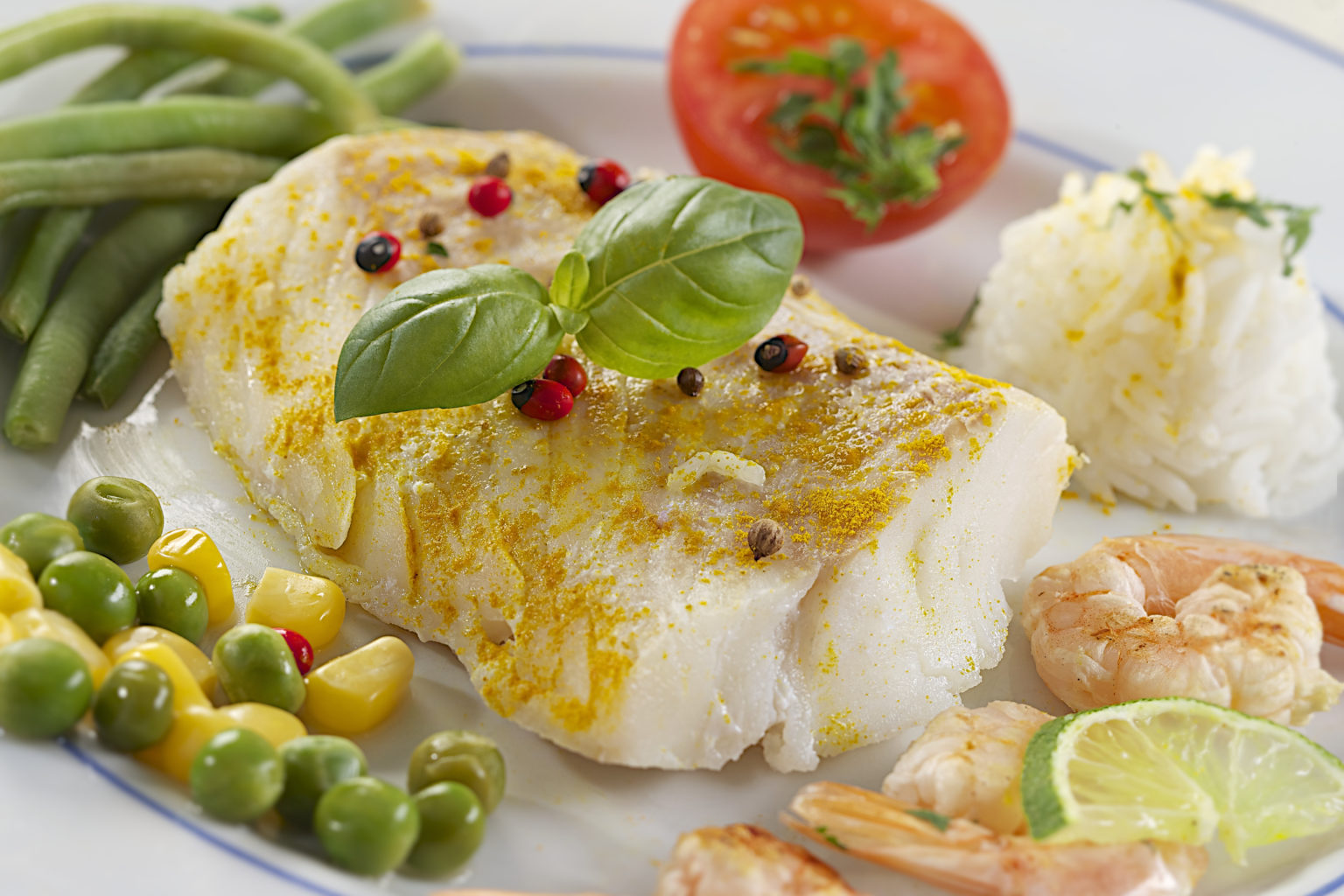
Knowing what to eat with TMJ makes a big difference in terms of temporomandibular joint (TMJ) pain. After all, eating is the primary action of the jaw joint, with the mouth opening and closing over 2000 times a day. The central tenets of a TMJ diet are to eat soft foods, to avoid hard and chewy foods, and to skip pro-inflammatory foods. Of equal importance is how to eat a TMJ diet; eating evenly on both sides, preparing morsel-sized bites, and eating mindfully.
Here we cover the principles of an optimal TMJ diet and how to eat for optimal TMJ self-care.
Overloading of the TMJ is one of the main causes of TMJ pain, so sticking with an optimal TMJ diet is important. Not surprisingly, a soft food diet for TMJ pain is the best, but don’t lose heart, there’s still plenty on the menu. Here are some soft foods that are TMJ friendly:
Just as important as what to eat on a TMJ diet is what not to eat. Of course, avoiding hard foods is essential, but chewy foods can also make things worse. Further, because inflammation can play a role in TMJ pathology, avoiding pro-inflammatory foods is also a standard recommendation.
Now let’s discuss how to eat a TMJ diet. The first thing to note is that your food should be chewed deliberately and evenly on both sides. “We all tend to favor one side or the other when we eat. The medical term for this is ‘masticatory laterality’. By learning to chew evenly on both sides, you can help remodel the TMJ muscles and related structures towards a healthier dynamic,” explains Bradley Eli, DMD, MS, a specialist in TMJ disorders.
Another aspect of how to eat a TMJ diet concerns food preparation. You want to prepare your food into morsels, rather than large chunks. As described above, a good TMJ diet strategy will aim to avoid overloading the joint. By prepping your food into small-to-medium sized morsels, you decrease the distance you need to open the jaw (to get the food in) and minimize the force you need to chew it.
Finally, try to develop the practice of being mindful when you eat. Mindful eating means paying attention to the eating process, eating slowly, savoring the taste and texture of the food, being deliberate about chewing, and being in the moment when you’re eating. If you note pain when eating, do not judge or resist the pain, but rather be aware of it, acknowledge it, and then let it go while you refocus on the taste and texture of the food.
While we have discussed the fundamentals of a good TMJ diet, it’s important to remember that diet is only one portion of an overall healing strategy for TMJ pain. Other things to consider include:
All of these resources can be found in the Speed2Treat® Home Healing Kit. Start your journey toward TMJ pain relief with the Home Healing Kit today!
